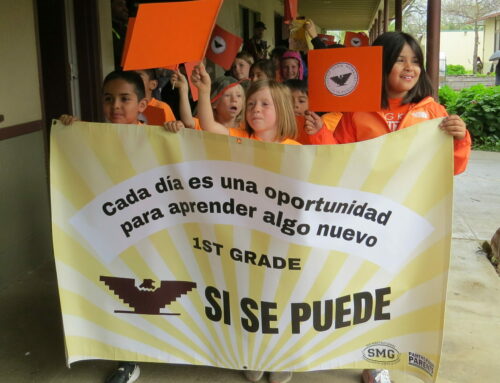Eight-week program was a ‘life-changing’ experience
Published in the September 14-27, 2016 issue of Morgan Hill Life

In biology class at Oakwood High School last May, shortly before learning I had been given the opportunity to conduct stem cell research via the Stanford Institutes of Medicine Research Internship Program, I flipped open my textbook to a chapter called “The Essentials of Stem Cell Biology.” I looked for the list key terms and came across this:
“Stem cell: noun. an undifferentiated cell of a multicellular organism that is capable of giving rise to indefinitely more cells of the same type, and from which certain other kinds of cells arise by differentiation.”
Solid definition, right? But what the book didn’t tell me is that not only can stem cells give rise to indefinitely more cells of the same type, but they’re giving rise to infinite scientific advances and discoveries that are changing the way we think, treat, cure and thrive. It also didn’t tell me that for many patients, stem cells are more than just a definition — they are their last hope. It didn’t tell me that because of stem cells my entire outlook on science and medicine would change this summer at Stanford.
I was assigned to work with Daniel Bernstein, M.D., and my first few weeks were filled with new experiences. I entered every morning with greetings from my mentor and the other seven lab members, all Ph.D.s or faculty members. The intimidation factor was high, but what shocked me was the incredible humility, kindness and patience of all those who answered my questions and walked me through protocols and experiments time and time again.
I attended lectures on topics ranging from the basics of stem cell science to the techniques and machinery that I later used in the lab. Things that were once just words in my textbooks were coming alive, and I was learning about studies and clinical trials I never would have thought imaginable.
Soon I was taught how to coax induced pluripotent stem cells to become beating heart cells and was given my own cell lines. For close to 20 days, I exposed cells to medleys of small molecules to induce their specialization while also providing them with a wide range of different growing solutions to keep them alive. Finally, they started to beat. They had become beating heart cells! That was the moment that solidified my love for research and showed me what I was capable of doing.
I became independent in my endeavors. I made mistakes, but my mentor used them as learning opportunities. I recognized that an integral part of science is dealing with failure. Science is tough, but science is worth it.
By the end, I had a project to showcase with conclusions entirely new to the scientific community. My research focused on the role of mitochondrial fission in the protective effects of exercise during ischemic injury (the damage that occurs to the heart during a heart attack or to someone with heart disease). My research had exciting real life application and will be used by my lab as a foundation for future experimental models.
Never would I have guessed that eight weeks of research could change my life. I learned science is filled with excitement, failure, repetition and success. My experiences this summer will undoubtedly influence every single one of my future endeavors. I am forever grateful for the opportunity.
Roxanne Ohayon is a senior at Oakwood High School.






